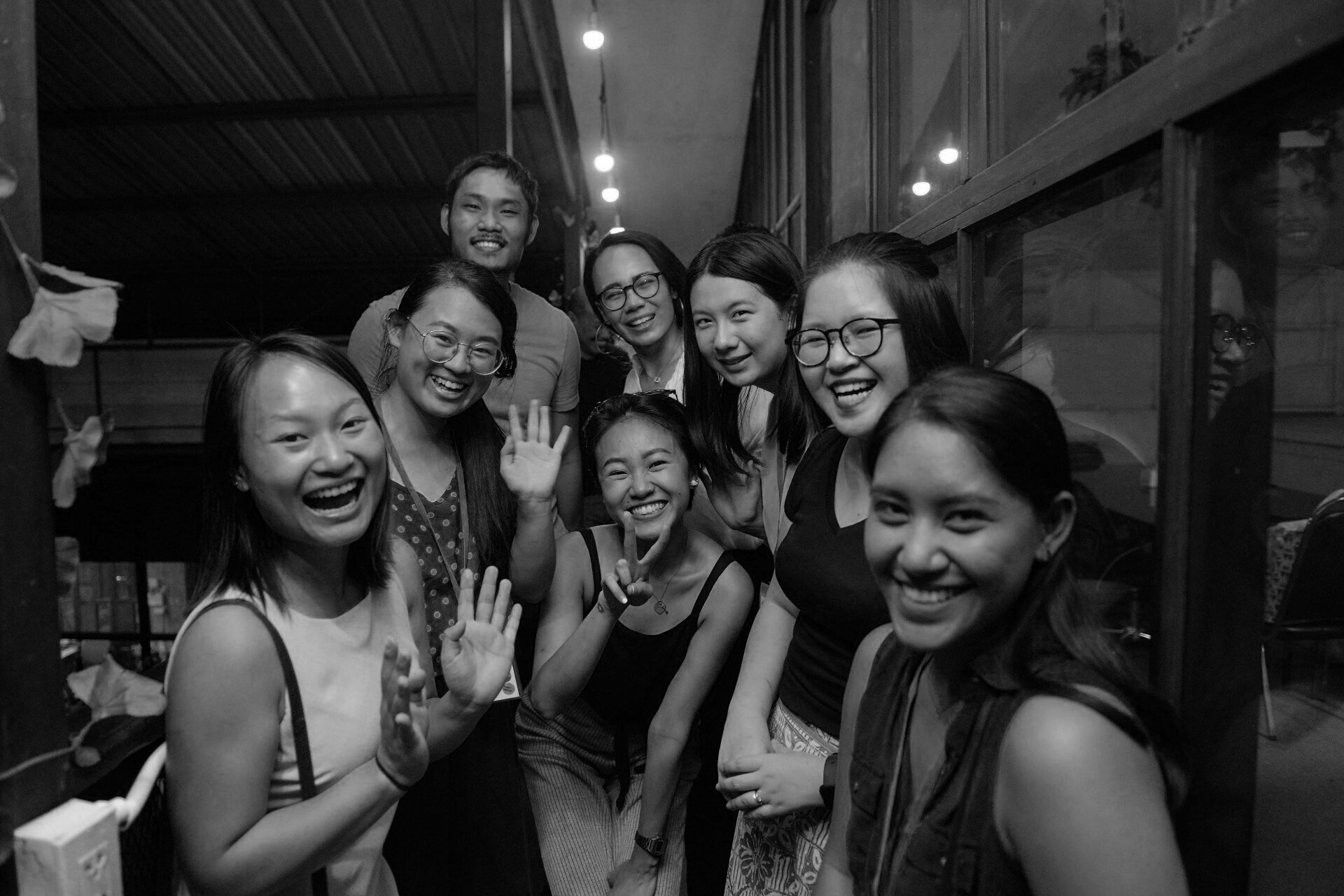
Splice stories
Read, listen, and watch our reporting on the transformation of media in Asia.
Three new episodes from Splice Pink, our podcast of quick conversations across the media ecosystem
Other ways to listen and subscribe
Chasing a regional profile, Rice Media’s Mark Tan plants his Singapore startup in Thailand.
“Thailand has a mature media market and a population exposed to a wide spectrum of content.”
India’s cashed-up news aggregators like DailyHunt hit a revenue roadblock
“If they don’t begin monetising in the next two-three years, they will be in trouble.”
After struggling for 5 years, Minh Bui Jones almost shut Mekong Review down this month.
This November issue was almost unpublished.
To capture reader revenue and engagement, some Indian newsrooms are going back to the once-scorned comments section.
“All publications want interactions on site… Facebook traffic is not coming back.”
In Bangladesh, Rohingya community media operates under tight restrictions in the world’s most populated refugee camp
Reporters struggle to get to word out on WhatsApp, Facebook, and Twitter.
Getting started with podcasting
Some advice from the Splice community on tools and workflows.
Never mind the death of women’s magazines in Australia. Primer believes the money’s on digital — and enough to give away to charity.
Started by ex-magazine editors, the Primer blends editorial work and social impact for women.
How Thailand’s Boonmee Lab uses impact-led design to drive election insights.
The startup brought data, design, and a collaborative community together to create an interactive digital platform.
Kristofor Lawson is building a global media company around the seed of a single podcast, Moonshot.
Scaling Australian media, one podcast at a time.
Splice is looking for freelance writers from across Asia to cover the information and media industry
Our mission is to help people build viable information and media businesses.
To do this, we serve folks across the information and media ecosystem: startup founders, creators, tech folks, investors, journalists, freelancers, support and development donors, product managers, program managers, students, and academics.
Local filmmakers, local stories on a regional video network: This is how Singapore’s Viddsee is meeting the demand for short videos.
A far more compelling pivot-to-video strategy.
Japan’s Nordot is building a common publishing platform to unite media outlets — and lower their costs.
Common plumbing is exactly what the media industry needs. This Japanese startup thinks it has the right solution.
Ahead of India’s general election, fact-checking initiatives are mushrooming online.
Media organisations in India are using fact-checking to hose down online rumors that have fatal consequences in real life. But are they so willing to take on duplicitous politicians?
This alternative news source from Indonesia’s largest Muslim organization is fighting hardline Islamism online.
Moderate voices take centre stage at Islami.co, which is trying to appeal to Indonesia's urbane Muslim set.
How do you transform a sprawling conglomerate like SPH? Get the product right.
SPH has never had a Chief Product Officer. Half a year into that role, Gaurav Sachdeva is trying to change mindsets at the 173-year-old company by focusing on users.
I don’t like being told what to think, says founder of apolitical news site The Squiz.
Former Tony Abbott spin doctor and now self-funded entrepreneur Claire Kimball has become one of Australia’s rising media stars with her quirky brand of daily news digests.
After more than a century, Malaysia’s oldest tabloid The Malay Mail ceases print operations.
The afternoon paper once thrived on classified advertisements. But it's been hit by dramatic declines in circulation and ad revenue.
Indonesian media needs to reconsider how it covers LGBT issues.
Being 'neutral' is only driving bigotry and discrimination.
How Australia’s Junkee Media is growing up – and down – with its changing readership.
After quickly gaining traction with millennials, Junkee is conquering a new challenge: reaching the next generation of young Aussies.
First developed by women to report on rural villages in India, Khabar Lahariya is now a national phenomenon.
This is how community stories from tiny villages make it to the mainstream press.





























